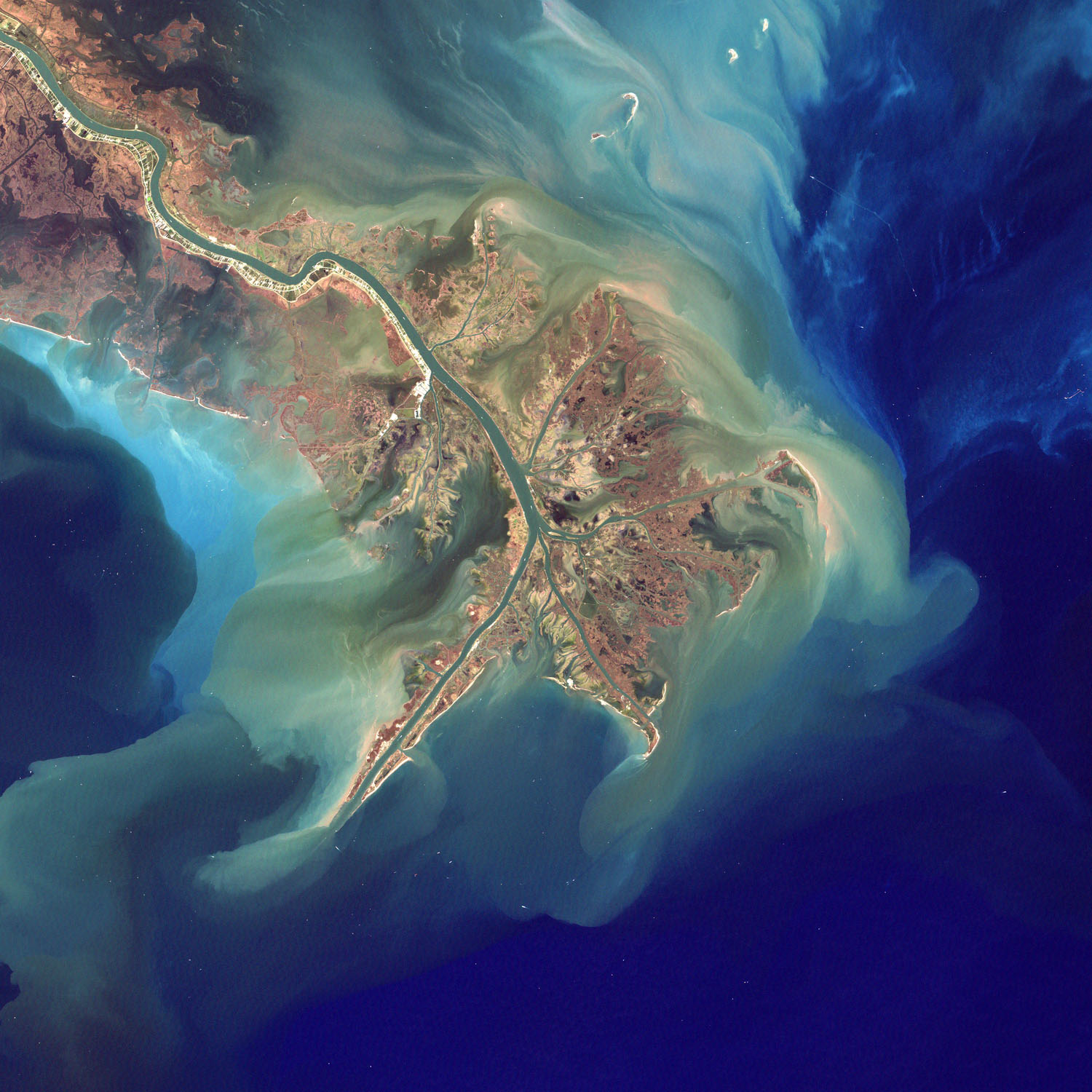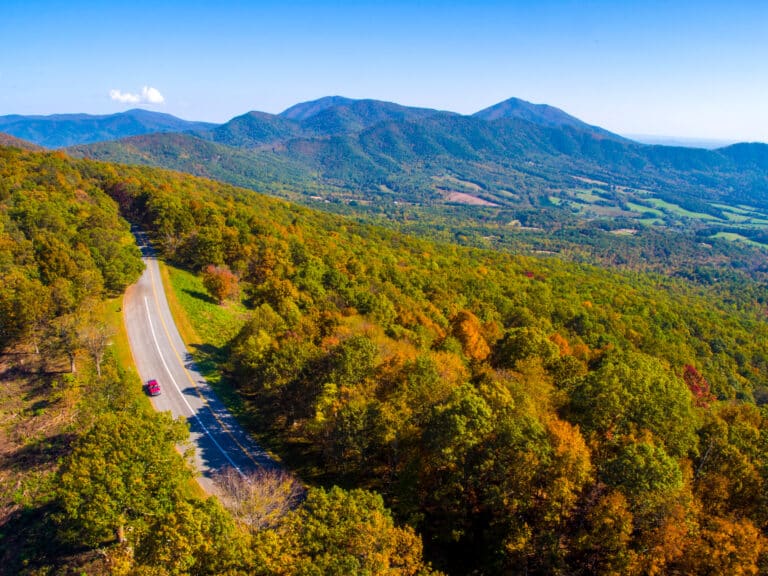Dear EarthTalk: What is a “dead zone” in an ocean or other body of water?
— Victor Paine, Tallahassee, FL
So-called dead zones are areas of large bodies of water—typically in the ocean but also occasionally in lakes and even rivers—that do not have enough oxygen to support marine life. The cause of such “hypoxic” (lacking oxygen) conditions is usually eutrophication, an increase in chemical nutrients in the water, leading to excessive blooms of algae that deplete underwater oxygen levels. Nitrogen and phosphorous from agricultural runoff are the primary culprits, but sewage, vehicular and industrial emissions and even natural factors also play a role in the development of dead zones.
Dead zones occur around the world, but primarily near areas where heavy agricultural and industrial activity spill nutrients into the water and compromise its quality accordingly. Some dead zones do occur naturally, but the prevalence of them since the 1970s—when dead zones were detected in Chesapeake Bay off Maryland as well as in Scandinavia’s Kattegat Strait, the mouth of the Baltic Sea, the Black Sea and the northern Adriatic—hints at mankind’s impact. A 2008 study found more than 400 dead zones worldwide, including in South America, China, Japan, southeast Australia and elsewhere.
Perhaps the most infamous U.S. dead zone is an 8,500 square mile swath (about the size of New Jersey) of the Gulf of Mexico, not far from where the nutrient-laden Mississippi River, which drains farms up and down the Midwest, lets out. Besides decimating the region’s once teeming shrimp industry, low oxygen levels in the water there have led to reproductive problems for fish, leading to lack of spawning and low egg counts. Other notable U.S. dead zones today occur off the coasts of Oregon and Virginia.
Fortunately, dead zones are reversible if their causes are reduced or eliminated. For example, a huge dead zone in the Black Sea largely disappeared in the 1990s following the fall of the Soviet Union, after which there was a huge spike in the cost of chemical fertilizers throughout the region. And while this situation was largely unintentional, the lessons learned have not been lost on scientists, policymakers and the United Nations, which has been pushing to reduce industrial emissions in other areas around the globe where dead zones are a problem. To wit, efforts by countries along the Rhine River to reduce sewage and industrial emissions have reduced nitrogen levels in the North Sea’s dead zone by upwards of 35 percent.








